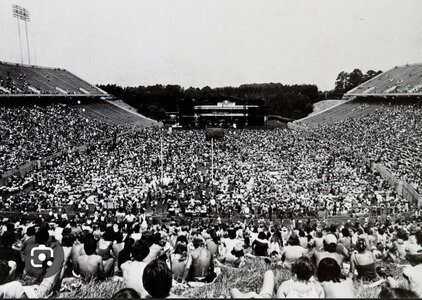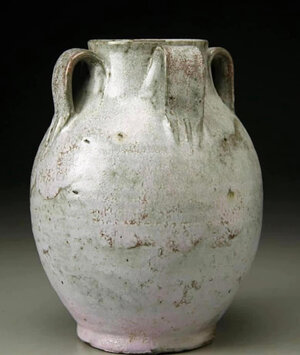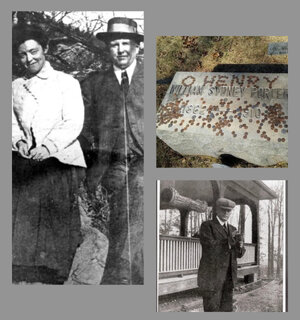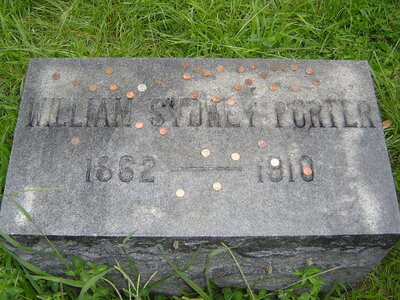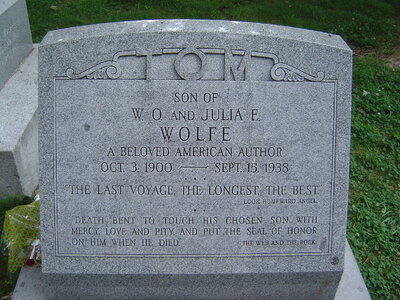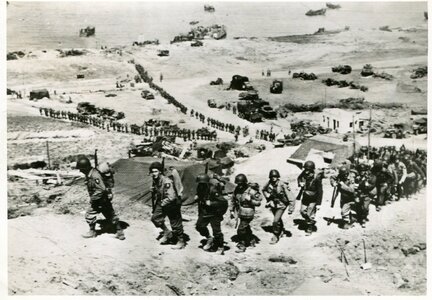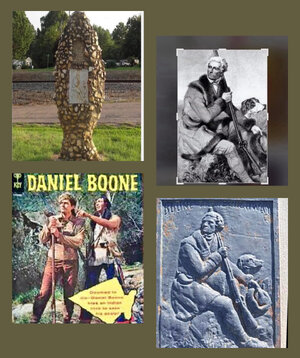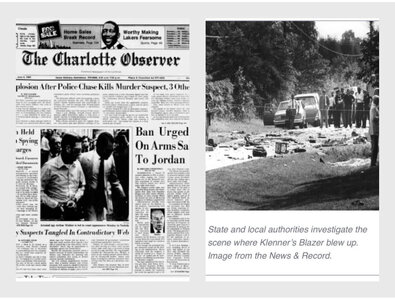
Is The South more prone to bloody mayhem? Surely the genre of literature labeled as ‘Southern’ corroborates such speculation. Popular memory likely does too, but that can be an individualized and perhaps deceptive sort of thing I reckon. Sociologists have long pointed to a penchant for violence in the region that has exceeded other parts. No doubt the cruelty of slavery that so permeated these lands for so long and the desperate, dishonest, and bitter legacy of the aftermath, as so many tried so hard to maintain White Supremacist ways as the Ruling Ideas has led to blood spilling normalized.
One once hoped that civilized thinking was the future but at present my Two Cents is that instead of such primal, visceral attitudes fading, they’ve become increasingly less specific to place. Indeed, as The Texas Rockers Z.Z. Top prophesied for good or ill about southernism spreading, “I’m Bad. I’m Nationwide.”
Is that how ‘The South Shall Rise Again” (As if it ever truly rose the first time)? Or is there a southernization of the nation going on around us cloaked in the slogan “Make America Great Again”? Is the Dixie Difference going continental as Ice Tea goes national, the biscuit creeps North and West, and Guns become a right of passage and an object of worship?
A necessary aside is required here. I AM a southerner. Barbecue, the Blues, and Bluegrass are my touchstones, and since I’m even more so a Tar Heel my other B is beloved Basketball. I still wave when meeting a car just in case I know them or they know me. In New York and other places I have yet to jettison eye-contact with strangers and my drawl and instinctual use of Y’all are points of linguistic pride. Like we do when we love someone we want better and better for them and hate to see them ‘act ugly’ just the same.
The following is from the North Carolina Department of Cultural Resources: “On June 3, 1985, a Chevrolet Blazer driven by Fritz Klenner exploded during a police chase in Summerfield, north of Greensboro. Klenner, a native of Reidsville, was a suspect in the murders of three people in Winston-Salem and two in Kentucky. Also in the Blazer were Susie Newsom Lynch and her sons John and Jim.
Klenner, who had deceived and manipulated family and friends for years, had become romantically involved with his first cousin, Susie Newsom Lynch, after she divorced. The murders appear to be rooted in the couple’s belief that Lynch’s ex-husband and other family were conspiring to take the boys from her.
Klenner, who for many years pretended to be a medical student at Duke to please his father, added service in the CIA to his imagined resume.
is suspected of having killed his cousin’s former mother-in-law and her daughter in Kentucky in 1984 in an attempt to make the ex-husband appear to have mafia ties. In mid May 1985, he killed Lynch’s parents and grandmother in their Winston-Salem home with assistance from a misguided friend who believed he was “auditioning” for the CIA.
With law enforcement closing in on the couple a few weeks later, Klenner loaded his Blazer with weapons and rigged it to explode. Susie’s remains were found in a nearby culvert, blown apart by the bomb that must have been under her seat. One of the Kentucky detectives located Klenner, barely alive, in a ditch. Hoping for a confession the detective leaned an ear toward Klenner, who gurgled blood and died.
Evidence later revealed that the young boys had been poisoned with cyanide and shot in the head by their mother prior to the explosion.
The story of Klenner and his crimes is chronicled in ‘Bitter Blood: A True Story of Southern Family Pride, Madness, and Multiple Murder,’ a bestselling book by Jerry Bledsoe, who was writing for the ‘Greensboro News and Record’ at the time.
https://www.ncdcr.gov/blog/2016/06/03/the-bizarre-bitter-blood-murders.”

